1. Wood Paneling
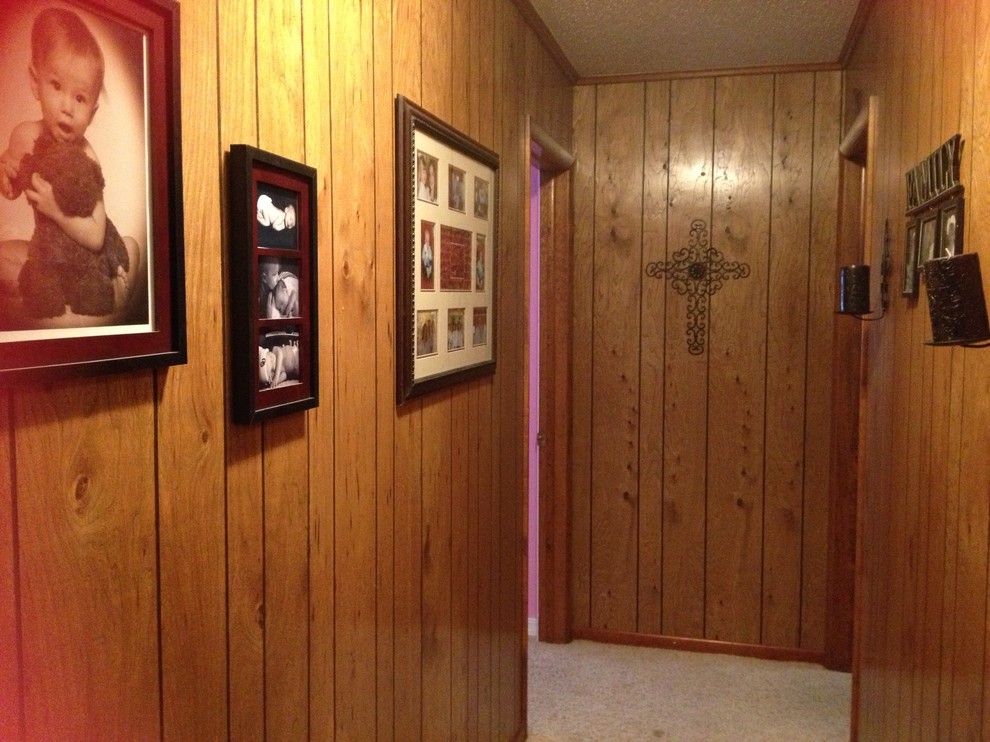
Interior design has always been influenced by trends—some elegant, some eccentric, and some downright unforgettable. From shag carpeting to lava lamps, each decade has brought a wave of fads that captured the cultural mood of the moment. While some trends evolve into timeless classics, others fade away, living on only in thrift shops, basements, and memory.
Nothing says mid-century American basement like wood paneling—that glossy, faux-wood backdrop that defined thousands of rec rooms and dens from the 1960s through the early 1980s. Installed as a quick, affordable way to give rooms a “finished” look, it became synonymous with the era’s cozy, low-lit interiors, often paired with shag rugs, vinyl couches, and the constant hum of a boxy TV. Though it was rarely real wood, the paneling’s repeating grain and warm tones gave off a homey (if slightly claustrophobic) vibe. Today, it’s more likely to show up in retro TV sets than modern remodels, but for many, it instantly conjures memories of family movie nights, basement sleepovers, and the golden glow of analog living.
2. Popsicle Stick Crafts

Among the more charmingly odd relics are popsicle stick crafts—especially lamps, baskets, and tabletop décor painstakingly assembled from hundreds of wooden sticks. These handmade treasures were often created in shop class or as hobby projects in the 1970s and ’80s, with designs that were geometric, ambitious, and occasionally adorned with colorful beads. Though rarely practical and often wildly fragile, they reflected a time when DIY spirit and craft kits reigned supreme. Today, they stand as nostalgic reminders of an era when home décor came straight from the glue bottle and the heart.
3. Waterbeds

Waterbeds were all the rage in the 1970s and 1980s, promising a futuristic and luxurious sleep experience. Their liquid-filled mattresses were supposed to conform to your body, offering comfort unlike traditional beds. However, the reality was often less dreamy. According to Mattress Review, Waterbeds began to plummet in the 1990s because of its disadvantages; they were heavy, prone to leaks, and difficult to move. They also required special frames and heating systems, making upkeep a hassle. Many homeowners found them impractical and eventually swapped them out for more conventional beds. Despite their decline, waterbeds remain a quirky symbol of retro bedroom trends that didn’t quite stand the test of time.
4. Wicker
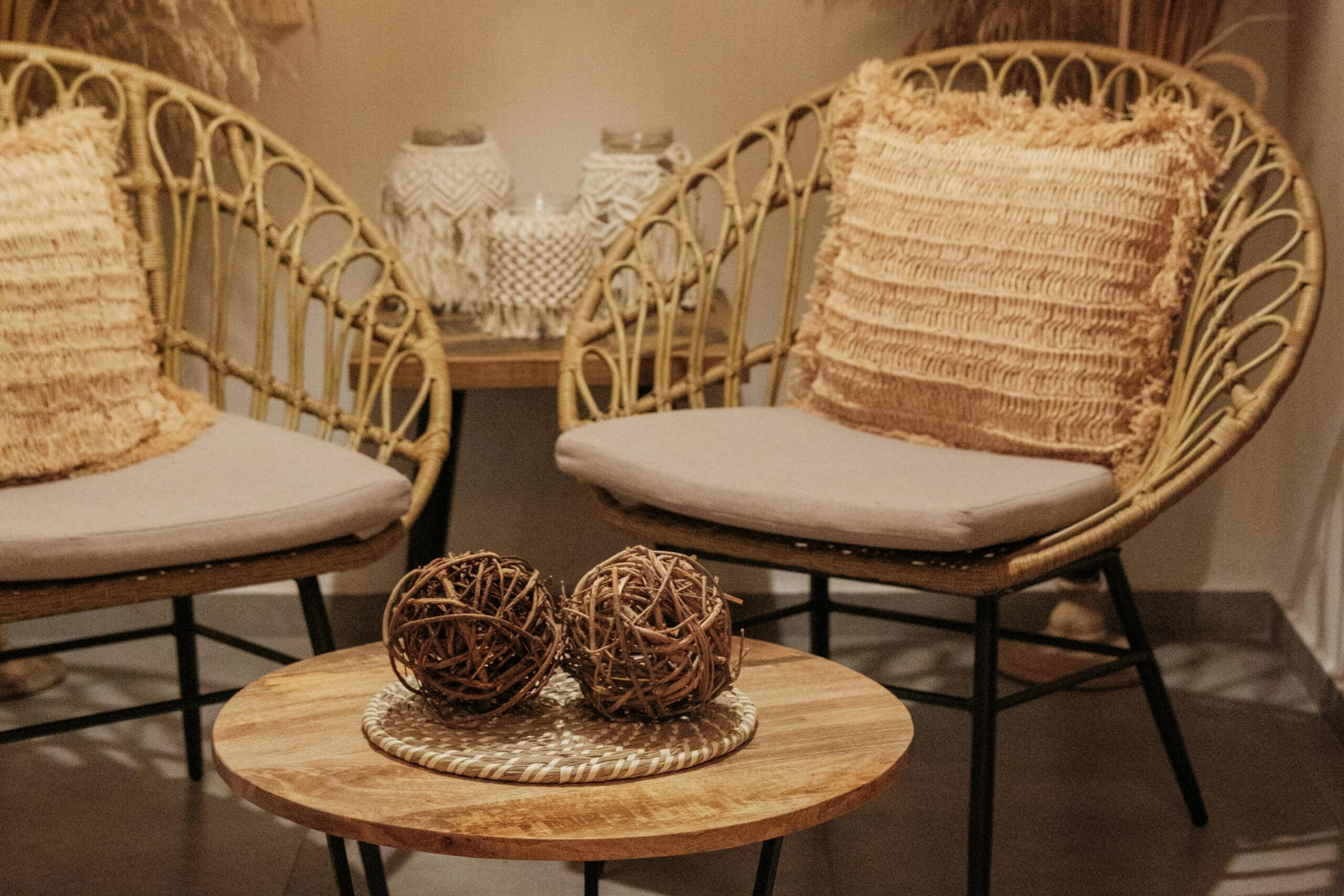
Wicker chairs and furniture were popular outdoors, in sunrooms and patios, especially in the mid-20th century. Their woven design gave a natural, airy feel that suited casual, outdoor-inspired decor. But over time, many found wicker to be uncomfortable and fragile. The material could crack or unravel, and cushions were often necessary for comfort. Today, wicker is sometimes seen as dated or kitschy. Though sometimes perceived as dated or kitschy, The World of Interior noted that it continues to be a popular choice for vintage and coastal-themed interiors, offering a natural and often rustic aesthetic. It adds a unique texture and a sense of warmth to spaces, especially when used in conjunction with light and airy color palettes. Its rise and fall highlight how natural materials can go in and out of style depending on trends and practical use.
5. Shag Carpet Everywhere

While most homeowners think of 70’s shag carpet as the peak of its popularity, shag has been hip a lot longer than that. The first shag carpets were known as Flokati and came from ancient Greece, where they were hand woven from goat hair. Flokati rugs were used so people could sit comfortably on the ground and keep their feet warm. The shag style was also common in Turkey and Central Asia, where they were favored by royalty and decorated palaces. Babayan’s further added that shag carpeting, with its long, fluffy fibers, was commonly seen in 1960s and 70s homes. It added warmth and texture but was notoriously difficult to clean. Dirt and dust could get trapped deep in the fibers, making it a magnet for allergens. Also, the bold colors and thick pile that once seemed trendy are now often viewed as overwhelming or outdated.
6. Popcorn Ceilings
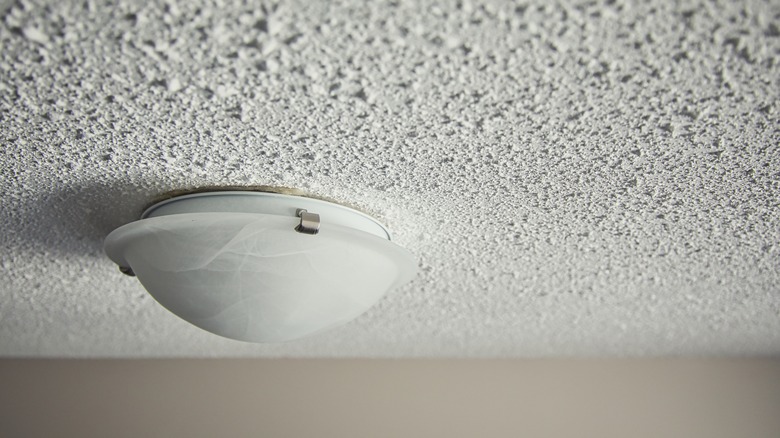
Popcorn ceilings were a cheap and easy way to add texture and hide imperfections in the mid-20th century. They became synonymous with older homes but fell out of favor due to their dated look and difficulty to clean. Additionally, some popcorn ceilings contained asbestos, raising health concerns. When asbestos was banned in ceiling treatments by the Clean Air Act in the United States, popcorn ceilings fell out of favor in much of the country. Vogel Zhang Law further observed that now, many homeowners have spent considerable effort and money removing them to modernize their spaces. This decor choice is a classic example of a once-common feature now widely avoided.
7. Mirrored Walls (and Ceilings)

Mirrored walls were a flashy trend in the 1970s and 80s, intended to make rooms appear larger and more glamorous. While they did reflect light and space, they often felt cold and overwhelming. The constant reflections could be disorienting, and fingerprints or smudges were always visible. While mirrors offer benefits like enhancing space and light, creating a sense of spaciousness and visual feedback, their maintenance, cost, and potential for creating a less-than-ideal environment in general living spaces have led to their decline in residential design. This further reinforces how some design ideas work better in theory than in everyday living. PS: I happen to still like mirrored walls, but don’t hold that against me!
8. Brass Fixtures and Accents
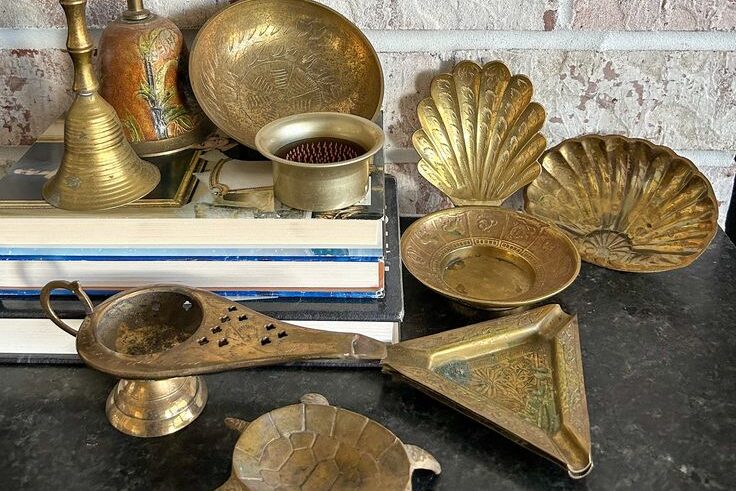
The historical trend of brass cannot be washed away when it comes to interior design. While brass was once the dominant metal finish for lighting, doorknobs, and hardware, its association with luxury and tradition has faded in recent times, leading to a preference for sleeker alternatives like chrome and brushed nickel. According to Hiatt Hardware, brass was considered outdated as late as 2014, with many designers hesitant to use the finish. However, its luxurious appeal has kept it on the design radar, and brass is experiencing a resurgence. While brass has made a comeback in recent years with more matte and polished finishes, the shiny, yellow brass of the past is still often seen as dated.
9. Floral Wallpaper
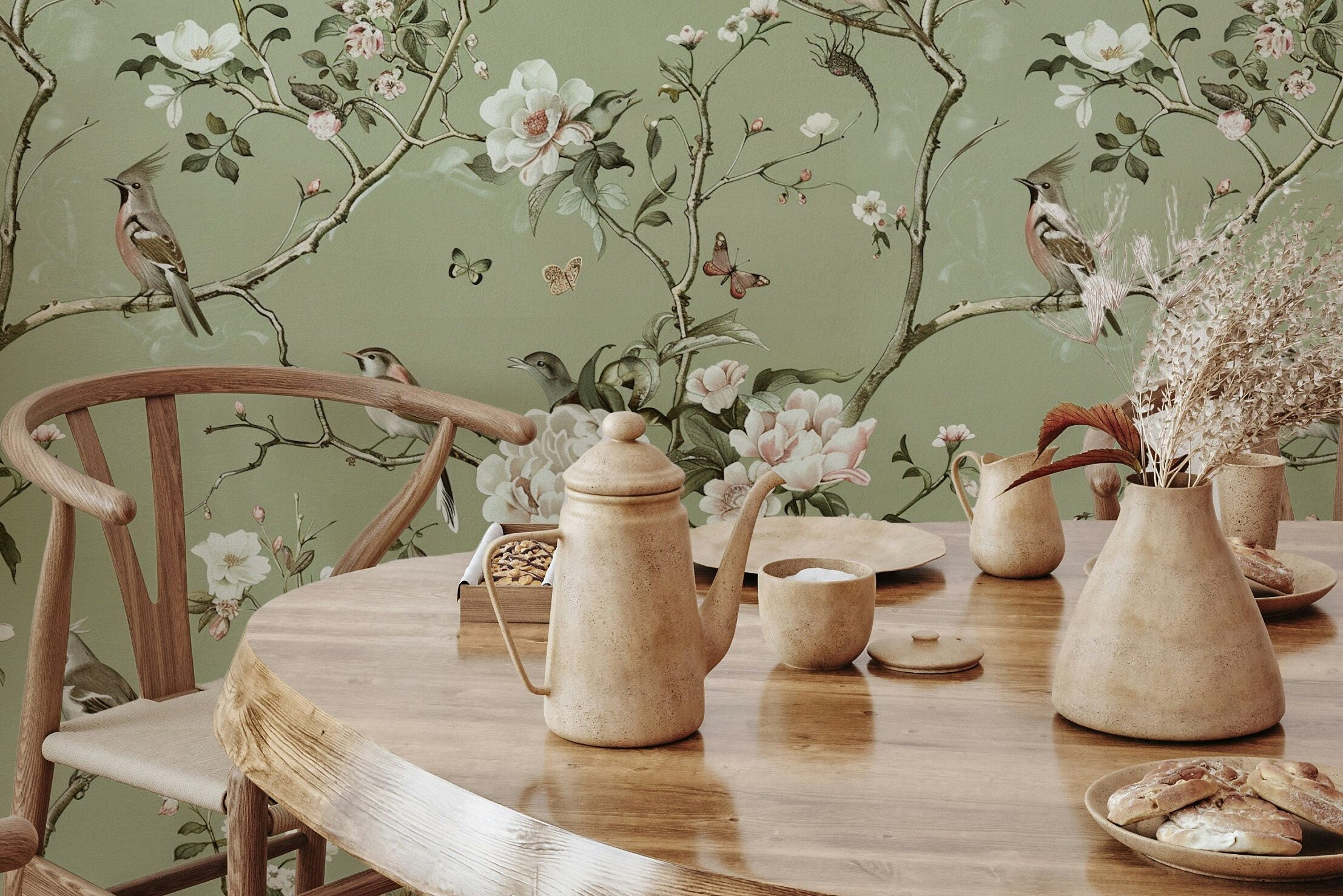
Floral wallpaper was a popular way to add pattern and color to rooms, especially in the 1980s and 90s. But the busy prints could quickly overwhelm a space, making it feel cluttered and outdated. Peeling wallpaper and mismatched patterns added to the visual chaos. Lately, many homeowners do remove floral wallpaper to achieve a more modern and cleaner look. Also, floral wallpapers, while classic and often associated with a more traditional aesthetic, can be perceived as outdated by some, leading to a preference for simpler, contemporary designs. The removal of floral wallpaper is often a step towards creating a more minimalist or modern space. This trend serves as a reminder that less can be more when it comes to wall decor.
10. Overstuffed Furniture
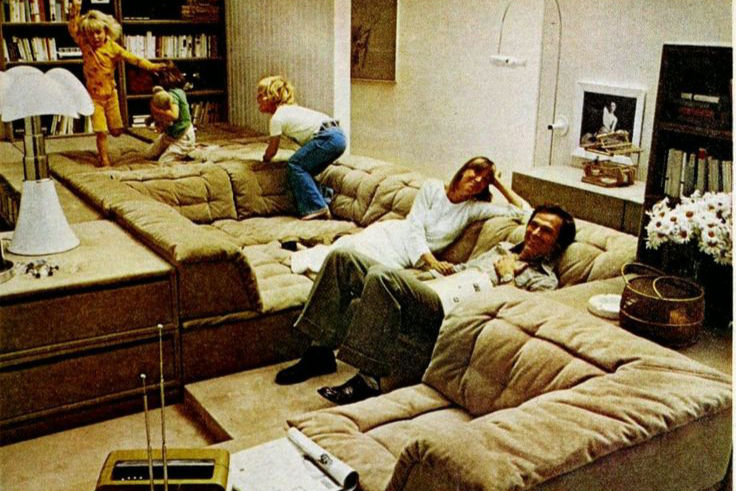
Chunky, overstuffed sofas and chairs were prized for their comfort and plush look in the mid-20th century, particularly in the 1960s and 1970s. However, their bulky shapes often dominated rooms and made spaces feel cramped. These oversized furniture pieces were characteristic of the era’s emphasis on coziness and indulgence, often featuring rolled arms, tufted upholstery, and bold patterns. As interior design shifted toward minimalism and clean lines, these pieces fell out of favor. Today, they’re often associated with a dated aesthetic, though they still hold sentimental value for those who grew up with them, and despite their spatial drawbacks, they remain popular today in retro-inspired and eclectic interior designs, offering a nostalgic charm.
11. Harvest Gold (and Avocado) Appliances
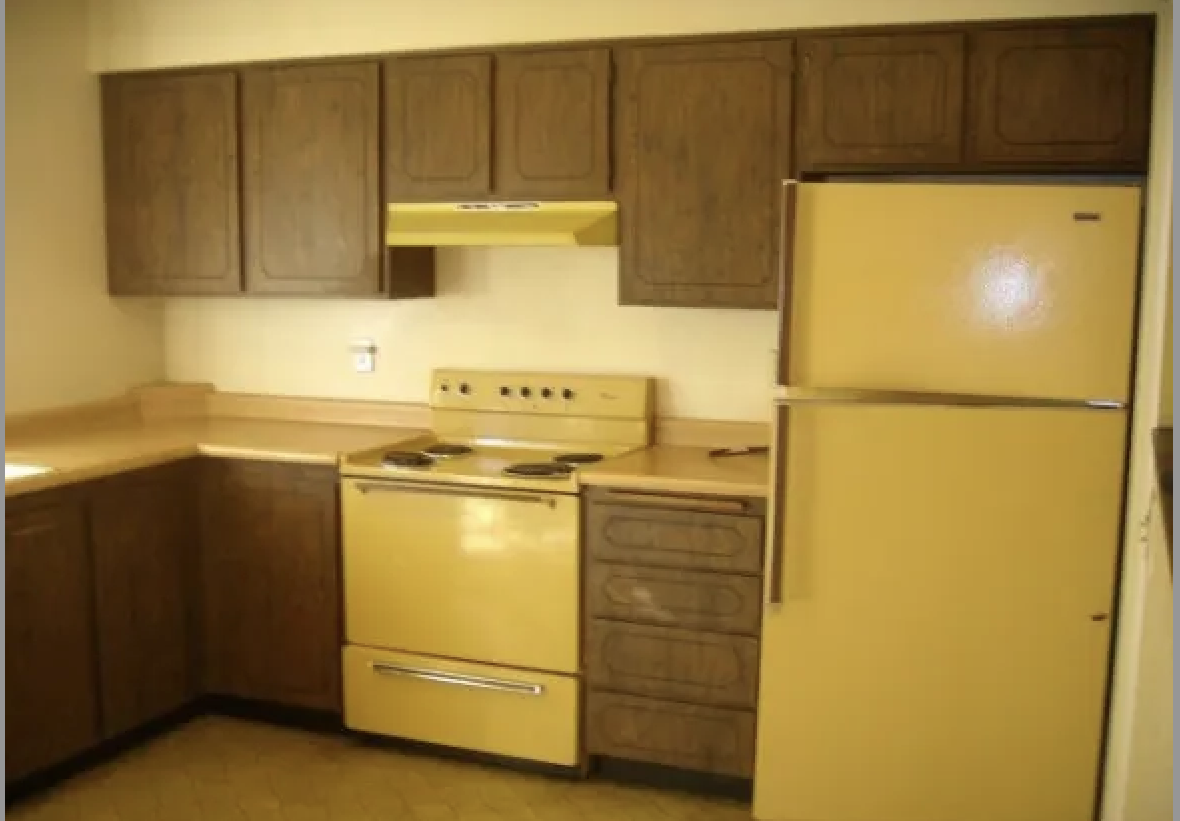
In the 1950s and 60s, refrigerators, stoves, and other appliances came in a rainbow of pastel colors like pink, turquoise, and avocado green, a trend known as “Retro Modern” or “Atomic Age” design. These bright hues added personality to kitchens, reflecting the era’s playful optimism and love of bold style. Popularized by manufacturers like General Electric and Frigidaire particularly in the mid-20th century, these colorful appliances became status symbols, but eventually gave way to the sleek stainless steel and neutral tones of modern appliances, which prioritize a clean, minimalist aesthetic. This is because, while vintage colored appliances are collectible and charming, they can feel out of place in contemporary homes.
12. Macramé Planters

Macramé, the art of knotting cords into decorative patterns, was a popular DIY craft in the 1970s. Wall hangings, plant holders, and curtains made from macramé added a bohemian touch to interiors. Macramé’s reputation as “outdated” stems from its association with the 1970s and a perceived overexposure in the craft and DIY movement, particularly with the rise of Instagram. While once a symbol of bohemian chic and a rejection of mass production, its widespread adoption led to it being seen as kitsch and ironic. Even though macramé has seen a resurgence in recent years, the overly elaborate or dusty versions from past decades is still majorly viewed as outdated.
13. Beaded Curtains

Beaded curtains like these brought a warm, earthy charm to homes in the 1960s and ’70s, often used to separate rooms or add texture without closing off space. Made from natural materials like wood, seeds, or shells, they offered a bohemian, handcrafted aesthetic that felt both laid-back and artistic. The gentle clatter of the beads brushing together as someone passed through became part of the ambiance. Unlike the flashier metallic versions, these bead curtains were more about flow and feeling—organic, tactile, and rooted in the back-to-nature movement that defined much of the era’s decor. Today, they’re a nostalgic design choice, often used to add warmth and texture to eclectic or retro-inspired interiors.
14. Day Glo Posters (from Spencer Gifts?)

Day-Glo posters were a rite of passage for teens in the 1960s through the ’80s, usually bought at the mall—most likely from Spencer Gifts. These fluorescent, blacklight-reactive posters featured surreal art, warped fonts, and trippy scenes that seemed to vibrate off the wall. Common themes included mushrooms, aliens, and rebellious slogans, perfectly capturing the counterculture vibe of the era. Hung in bedrooms or dorm rooms, they weren’t just decor; they were declarations of identity. While their eye-searing colors often clashed with everything else in the room, that was the point. Today, they’re kitschy reminders of a time when self-expression came in neon and smelled faintly of incense.
If you enjoyed this stroll down memory lane, why not share your own decor disasters or favorites in the comments? Let’s keep the conversation going and learn from the past as we decorate for the future.


